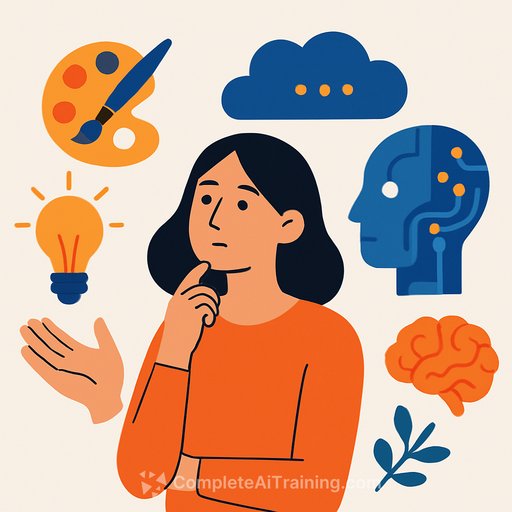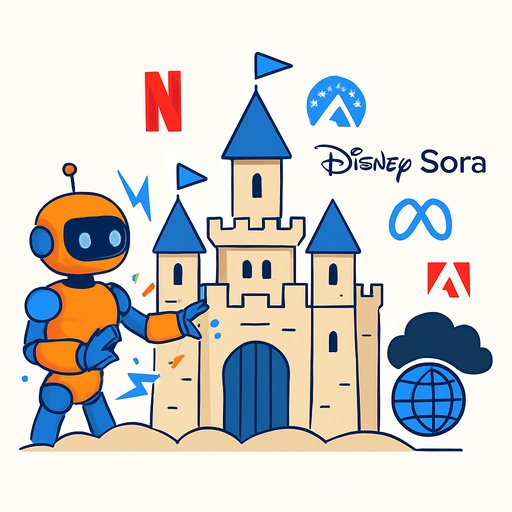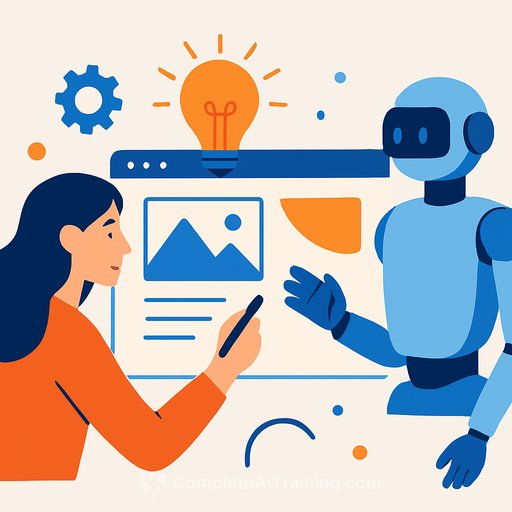How Creatives Can Double Down on the Skills AI Will Never Replace
AI is transforming creative work, but there are key human skills that keep creatives indispensable. What are these skills, and how can you sharpen them to stay ahead? Here are five areas where people still hold the upper hand over machines.
1. Reading People, Not Just Data
AI can analyze data and spot patterns, but it can't read the subtle cues people give off in real life. The glance that signals hesitation, the awkward silence in a meeting, or the shift in energy when a new person enters the room—these are things only humans can pick up on.
For example, an art director might quickly sketch ideas that hit the mark because they understand the client’s pressures and vision—not just the brief. That ability to read between the lines and sense what’s unsaid makes all the difference. It’s empathy and situational awareness, something no algorithm can match.
2. Life Experience
AI learns from existing internet content, which means it inherits its biases and blind spots. It might know that "red means luck in China," but it doesn’t grasp the deeper cultural layers or the nuances of fast-changing trends. Human experience—like travel, diverse conversations, and multi-generational family dynamics—builds insight that no AI can replicate.
Take sustainability messaging, for example. AI might offer generic ideas, but understanding how different generations relate to this topic comes from real conversations with people who live those perspectives. That’s where genuine connection and effective communication come from.
3. Getting Messy
AI thrives on patterns and predictability, which makes it great for safe, polished work. But breakthrough ideas often come from chaos, risk, and imperfection. The messy process of trial and error, embracing discomfort, and connecting seemingly random dots is where creativity flourishes.
Recent cultural shifts favor authenticity over perfection. The more AI smooths edges, the more people crave raw, human creativity. Handling contradictory briefs, impossible deadlines, and unclear client demands is where human creativity shines because we can thrive in messiness—not avoid it.
4. Managing Real Relationships
Clients don’t just buy ideas; they buy trust and partnership. They want to work with someone who remembers personal details, senses when they’re stressed, and truly listens. AI can mimic friendly chat, but it can’t build genuine human connection or empathy.
Building relationships takes emotional intelligence, vulnerability, and practice. Sometimes you get it wrong, but that’s part of what makes the right moments so meaningful. These connections make creatives not just suppliers but valued collaborators.
5. Working With AI
AI isn’t an enemy or a replacement—it’s a tool. The future lies in partnering with AI while keeping your uniquely human edge. This means shifting from being just a maker to being a decision-maker and curator.
You’ll spend less time on routine tasks and more time on context, relationships, and creative risks. Your value will come from why you create, how you handle human factors, and whether your work connects on a deeper level than algorithms can measure.
For creatives looking to sharpen these skills and learn how to work effectively with AI, exploring courses on Complete AI Training can be a practical next step.
Your membership also unlocks:






